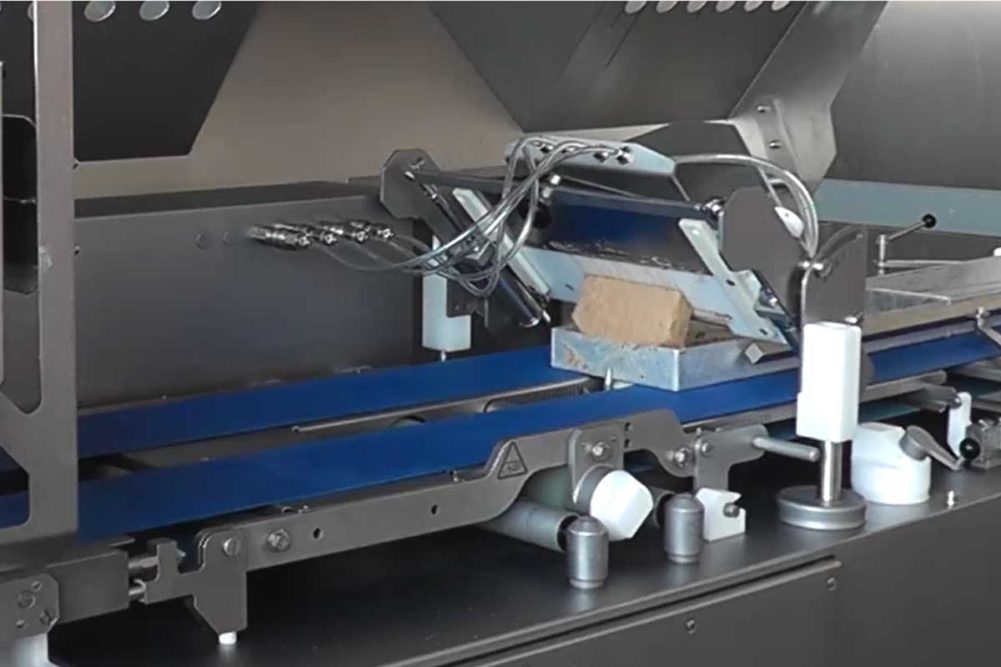One challenge when manufacturing healthy breads is maintaining dough strength. Several factors contribute to this problem.
“These doughs tend to be loaded with a variety of fibers and starches, neither of which contribute much to good development on their own,” said John Kirkpatrick, bakery specialist, Reiser.
Dough improvers like vital wheat gluten are often added to these doughs to help them maintain volume.
“Ingredient companies have been testing and using newer enzyme technologies, such as transglutaminase. If clean label is a requirement, then enzyme systems may be warranted,” said Jay Fernandez, bakery innovations manager, Middleby Bakery Group.
Indeed, the demand for clean label, healthy products can limit bakers’ use of improvers, or “get-out-of-jail-free cards,” said Nigel Morris, head of technology for Royal Kaak.
“When you take those out, you’re going back to how breads used to be made a long time ago, what I often refer to as flour power,” he continued. “We’re using the characteristics of the flour without adding anything to it. It does take more discipline to get these doughs processed properly.”
Without improvers, bakers are more reliant on the timing. The longer the fermentation time, the better the dough. A warmer temperature generally will speed up the fermentation time, but it isn’t necessarily the best choice for healthy pan breads.
“For the better-quality products, it’s better to let them ferment longer and at a cooler temperature,” Mr. Morris said. “If you have a more industrial process in terms of your bread, everything can be quick, quick, quick. With this, you need to give it more time to develop, and if you do, your window of tolerance remains wider.”
These breads are often dense, which can require more time to bake as well.
“Baking times can be up to 150% longer to bake out more moisture than traditional white bread,” said Dennis Kauffman, product group leader, AMF Bakery Systems.
And there is a wide range of densities to consider for changeovers between products.
“You’ve got a big difference between a good quality whole meal loaf with some inclusions in them to the heavily seeded denser bread,” Mr. Morris said. “The denser the bread is the longer the baking time will need to be.”
Breads with many inclusions generally won’t rise like a regular loaf of bread either.
“A lot more gas or steam will escape from these types of bread during baking than a regular type of bread dough,” Mr. Morris said. “The denser the structure, hence, less volume. Typically when you feel these breads, our eyes are telling us one thing for the size, what we think it should weigh, and then we feel it and a lot of them tend to be more dense.”
This article is an excerpt from the May 2022 issue of Baking & Snack. To read the entire feature on Pan Bread Processing, click here.





